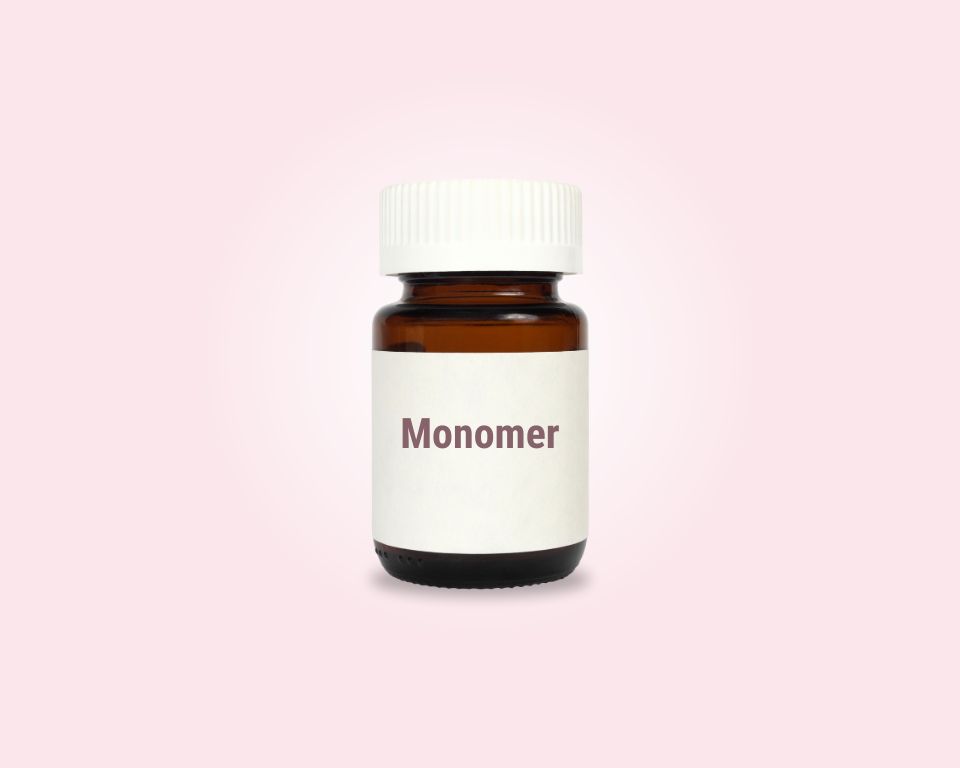As professional nail technicians, we are always on the lookout for innovative and efficient nail enhancements that ensure client satisfaction.
Dip powder and monomer are two popular nail enhancement techniques that have become increasingly popular in recent years. But the question remains, can you use dip powder with monomer?
No, dip powder is not compatible with monomer. Dip powder systems use a different application method that does not require the use of monomer.
In this article, we will explore the compatibility of dip powder with monomer. We will discuss whether dip powder can be used in conjunction with monomer for nail enhancements.
Key Takeaways:
- Dip powder and monomer are both popular nail enhancement techniques.
- It is important to know whether dip powder can be used with monomer for nail enhancements.
- In this section, we will explore the compatibility of these two techniques.
The Benefits of Using Dip Powder With Monomer
When it comes to enhancing your nails, there are many techniques available, but dip powder with monomer is a fantastic option with several benefits.
- Better adhesion: Using dip powder with monomer creates a stronger bond, leading to a longer-lasting manicure.
- More durable: Dip powder with monomer is thicker and more durable than other types of nail enhancements, making it ideal for people who work with their hands or lead an active lifestyle.
- Less damage: Unlike gel or acrylic nails, dip powder with monomer doesn’t need to be filed or buffed, which can damage the natural nail bed.
- Increased hygiene: Dip powder with monomer eliminates the risk of bacterial or fungal infections because it doesn’t require drilling or cutting.
- Easy removal: Removing dip powder with monomer is effortless, requiring only a soak in acetone.
Compared to other nail enhancement techniques, dip powder with monomer provides superior durability, minimal damage to the natural nail bed, and easier removal.
How Dip Powder with Monomer Compares to Other Techniques
Gel and acrylic nails are popular nail enhancements that have been around for decades. However, they both come with their drawbacks. Gel manicures require UV drying, which can increase the risk of skin damage and aging.
Acrylic nails require filing before application, which can lead to thinning of the natural nail bed. Compared to these, dip powder with monomer provides better adhesion, no need for filing or drilling, and easy removal.
Overall, using dip powder with monomer offers several benefits that make it a top choice for durable, hygienic, and low-damage nail enhancements.
Applying Dip Powder With Monomer: Techniques and Tips
When it comes to applying dip powder with monomer, there are several techniques that can help you achieve beautiful and durable nail enhancements. Here are some tips:
Step-by-Step Process
- Prepare your natural nails by cleaning them with a nail brush and trimming them to your desired length. Apply a bond aid to remove any oils.
- Apply the base coat to the nails and dip them into the dip powder.
- Repeat step 2 to apply a second layer of dip powder. This step ensures an even and sturdy finish.
- Apply the activator to harden the dip powder.
- Remove any excess powder with a fine-grit file.
- Apply the topcoat.
Techniques
- Use a buffer to smooth out any unevenness before applying the activator. This helps to prevent lumps and bubbles.
- Dip the nails in a rolling motion to ensure the powder is evenly distributed across the nail. Be sure to tap off any excess powder to avoid clumping.
- Avoid skin contact with the powder or liquid. This can cause irritation and dryness.
Tips
- After applying the base coat, dip the nails into a white powder to create a French manicure look.
- Paint the topcoat onto the nails without touching the skin. Make sure to cover the entire nail to ensure the design stays in place.
- For best results, use a dip powder and monomer kit from a reputable brand like Kiara Sky or Revel Nail.
By following these techniques and tips, you can achieve beautiful and long-lasting nail enhancements using dip powder and monomer.
Conclusion
Overall, we have found that dip powder and monomer are very compatible and can be used in conjunction to create strong and durable nail enhancements.
Using dip powder with monomer offers numerous benefits, such as increased durability, quicker application time, and less risk of skin irritation.
If you are thinking of using dip powder with monomer, we highly recommend following the step-by-step process and techniques outlined in section 3. With proper application, you can achieve beautiful and long-lasting nail enhancements.
It’s important to note that while dip powder and monomer are compatible, it’s still crucial to use high-quality products and follow proper safety precautions.
Always choose reputable brands and avoid exposing your skin to excess monomer or dip powder.
Overall, we believe that dip powder with monomer is a great option for those looking to enhance their nails. Its compatibility and potential benefits make it a valuable addition to any nail care routine.
FAQ
Can I use dip powder with monomer?
No, dip powder is not compatible with monomer. Dip powder systems use a different application method that does not require the use of monomer.
What is the difference between dip powder and monomer?
Dip powder and monomer are two different nail enhancement techniques. Dip powder involves dipping the nails into a colored powder, while monomer is used in acrylic nail applications to form a liquid and powder mixture.
How do I apply dip powder with monomer?
Dip powder and monomer should not be used together. Dip powder systems have their own set of application steps that do not involve the use of monomer. Follow the instructions provided with your dip powder kit for the best results.
Are there any benefits to using dip powder with monomer?
Dip powder and monomer are not meant to be used together, so there are no benefits to combining them. Each technique has its own unique qualities and application methods.
Can I mix dip powder with monomer?
It is not recommended to mix dip powder with monomer. Dip powder systems are designed to work with their own set of products, and deviations from these instructions can lead to unsatisfactory results.


